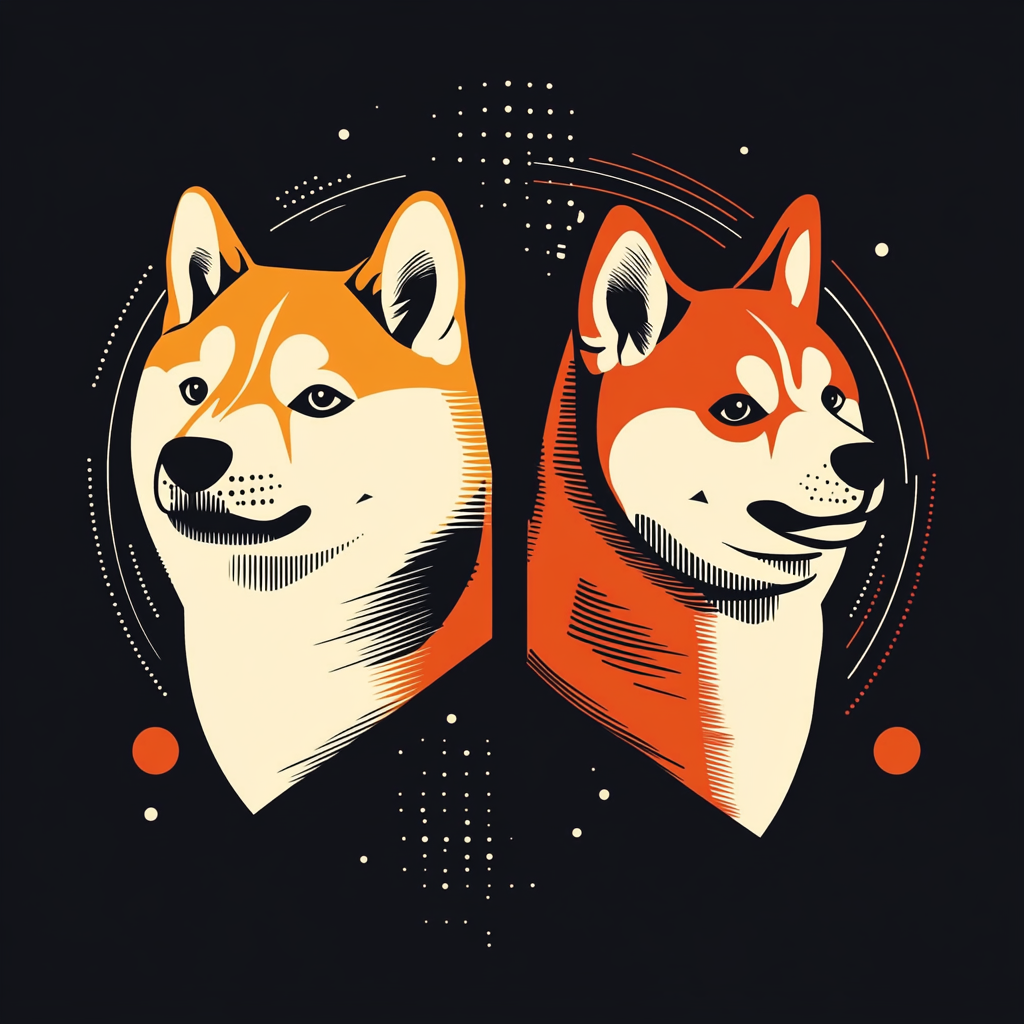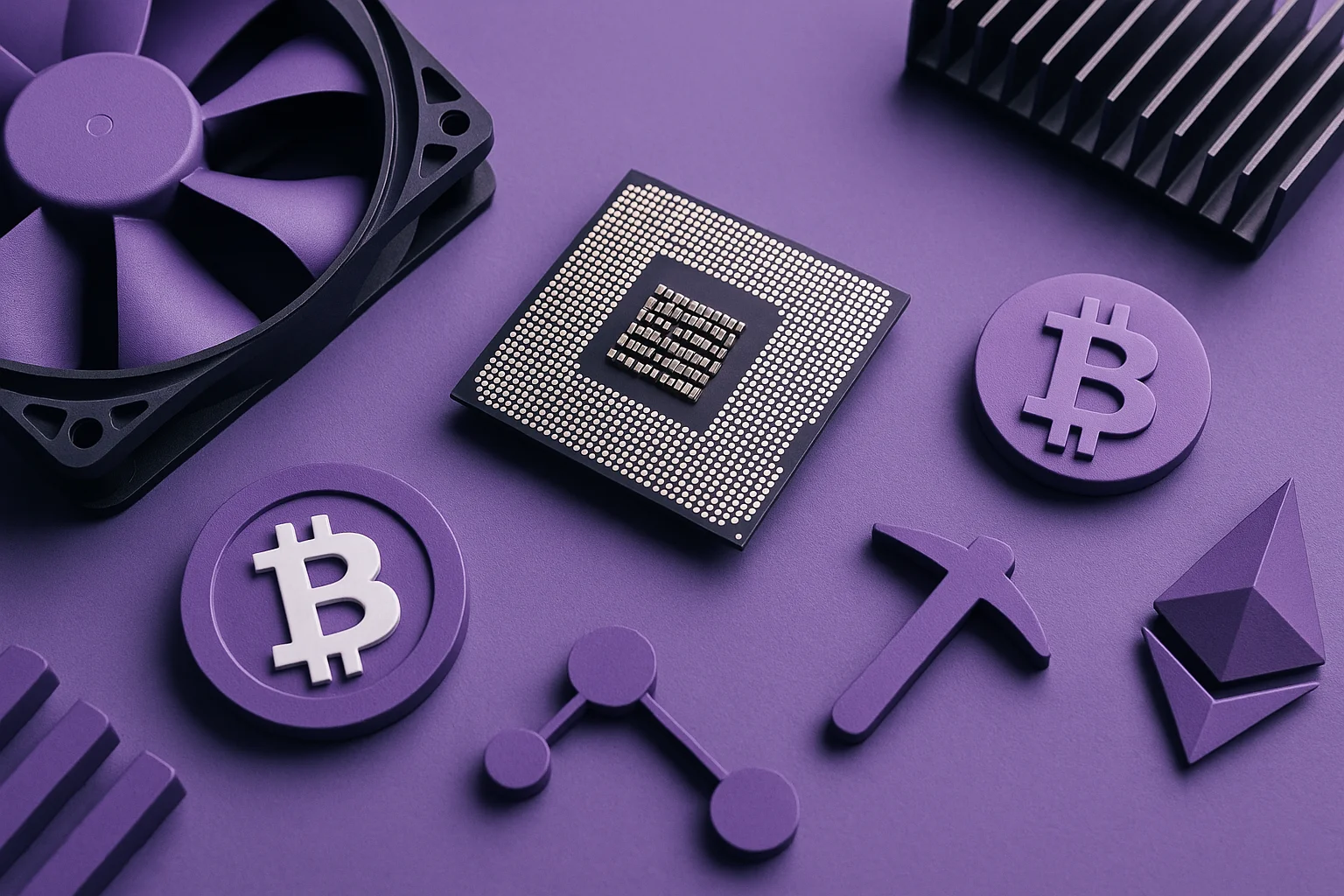Top 17 DeFi Use Cases in 2026
Decentralized Finance (DeFi) revolutionizes the way people interact with money by eliminating the need for traditional financial services and intermediaries, such as banks. DeFi empowers users with complete control over their assets through peer-to-peer transactions, unlocking new financial opportunities that extend beyond traditional markets. DeFi isn’t just an alternative to traditional finance; it’s reshaping the broader financial […]

Decentralized Finance (DeFi) revolutionizes the way people interact with money by eliminating the need for traditional financial services and intermediaries, such as banks. DeFi empowers users with complete control over their assets through peer-to-peer transactions, unlocking new financial opportunities that extend beyond traditional markets.
DeFi isn’t just an alternative to traditional finance; it’s reshaping the broader financial community by introducing innovative mechanisms to prevent fraud and inefficiency. From lending and borrowing to decentralized exchanges and gaming, DeFi projects provide a diverse range of tools for users seeking to earn passive income, manage risk, or participate in decentralized governance.
This article will explore the top 17 DeFi use cases, explaining how each works and why it matters. Let’s dive in!
Additionally, you can explore our investing in DeFi guide for a better approach.
01. Identity
Traditional financial systems rely on centralized institutions to verify identity, which can be slow, invasive, and open to fraud. DeFi (Decentralized Finance) introduces decentralized identity solutions, allowing users to prove who they are without sharing excessive personal data.
Individuals can establish a secure and verifiable digital identity for financial transactions, online applications, and other purposes. A great example is Civic, a platform that enables decentralized identity verification without passwords.
02. KYT, AML & CFT Compliance
Regulatory compliance is essential in finance, and DeFi is no exception. Unlike traditional Know Your Customer (KYC) processes requiring extensive personal data collection, Know Your Transaction (KYT) monitors real-time blockchain transactions to detect suspicious activity. Anti-Money Laundering (AML) and Countering the Financing of Terrorism (CFT) measures prevent DeFi platforms from being used for illicit activities.
Companies like Chainalysis and Elliptic provide analytics solutions that help detect and prevent fraud, ensuring a safer DeFi ecosystem.
Layer 1 Blockchain List
Discover the Layer 1 chains powering DeFi innovation and their strengths.
Read More03. Decentralized Exchanges (DEXs)
Decentralized exchanges (DEXs) allow users to trade cryptocurrencies directly from their wallets without relying on centralized or traditional exchanges. This eliminates the risk of exchange hacks and gives users complete control over their funds. Unlike centralized exchanges, which act as intermediaries, DEXs use smart contracts to facilitate trading through peer-to-peer transactions.
Decentralized exchanges rely on liquidity providers supplying tokens to liquidity pools, ensuring smooth and efficient trades. Popular decentralized exchanges like Uniswap and SushiSwap enable users to swap tokens without intermediaries, while platforms like Curve specialize in stablecoin trading with low fees.
Crypto Unlocks: 5 Tools
Track token unlocks and vesting schedules—essential in DeFi reward systems.
Read More04. Stablecoins
Cryptocurrency prices are often volatile, making stablecoins a crucial part of the DeFi ecosystem. Stablecoins are digital assets tied to stable values like the US dollar, gold, or other fiat currencies, helping to reduce price fluctuations.
There are different types of stablecoins: fiat-backed (e.g., USDC and USDT), crypto-backed (e.g., DAI), and algorithmic stablecoins, which use smart contracts to maintain stability.
DAI, governed by MakerDAO, is an example of a decentralized stablecoin backed by crypto, while USDC is a fiat-backed stablecoin widely used in the DeFi ecosystem transactions. These stable assets provide reliability and liquidity, making them essential for decentralized finance trading, lending, and other financial activities.
Volume vs Market Cap
Understand how DeFi usage drives volume—and affects protocol valuation.
Read More05. Cross-Border Payments
Traditional international payments are slow and expensive due to banking intermediaries and high fees. Decentralized Finance allows instant, low-cost, cross-border transactions by leveraging blockchain technology. Users can send payments globally using stablecoins, avoiding currency conversion issues and excessive transaction costs.
Platforms like Stellar and Ripple provide fast, efficient solutions for cross-border payments, making financial services more accessible to people worldwide.
06. Lending and Borrowing Protocols
Decentralized Finance (DeFi) lending platforms are a key part of the DeFi ecosystem. They allow users to lend their cryptocurrency and earn interest or borrow assets without relying on a bank. These decentralized lending platforms use smart contracts to manage loans, ensuring transparency and security.
Aave and Compound are two major borrowing platforms in DeFi. These protocols enable users to earn interest on their crypto deposits or take out loans instantly, making decentralized lending more accessible and efficient.
07. Staking
Staking allows users to lock up their crypto assets to support blockchain networks and earn rewards in return.
Many blockchain networks use a Proof-of-Stake (PoS) mechanism, where users stake their tokens to help validate transactions and secure the network. In exchange, they receive additional tokens as rewards. Ethereum 2.0 introduced staking as part of its transition to a PoS network, expanding financial access to more users.
Platforms like Lido Finance also offer liquid staking, enabling users to earn staking rewards while maintaining liquidity. This provides a convenient way for users to participate in staking without sacrificing financial access or the ability to move their funds.
08. Yield Farming
DeFi Yield farming is a strategy where users move their assets between different protocols to maximize DeFi yields. Users provide liquidity to liquidity pools and receive rewards through interest, fees, or governance tokens.
Some strategies include liquidity mining, where users earn additional rewards for contributing to liquidity. Also, some platforms offer flash loans, enabling users to borrow funds temporarily to maximize profits from yield farming opportunities.
Yearn Finance is an example of a platform that automates yield farming. It helps users optimize their returns without manually shifting funds between liquidity pools and protocols.
09. Decentralized Crowdfunding
Traditional crowdfunding platforms rely on centralized entities to collect and distribute funds, often charging high fees. In contrast, DeFi enables decentralized crowdfunding, where smart contracts collect and distribute funds transparently. This ensures the platform releases backers’ contributions only when they meet specific conditions.
Gitcoin is an example of a DeFi-based crowdfunding platform that funds open-source projects through blockchain-based grants.
10. Decentralized Autonomous Organizations (DAOs)
Token holders govern DAOs through smart contracts instead of traditional executives or boards. Members vote on proposals, and decisions are executed automatically by smart contracts. This model ensures transparency and community-driven decision-making.
So, businesses can leverage DAOs to manage decentralized investment funds, and the community makes investment decisions by voting on proposals encoded in smart contracts.
MakerDAO, which governs the DAI stablecoin, is a prime example of a successful decentralized autonomous organization in which token holders influence protocol decisions.
Security or Commodity? Know the Difference
Learn what sets securities apart from commodities in crypto and why it matters for regulations and investments.
Read the Breakdown11. Asset Management
Managing crypto assets efficiently can be complex, but DeFi simplifies asset management with tools that allow users to track, invest, and optimize their portfolios. These tools make it easier for users to manage assets across multiple protocols without the need for traditional financial institutions.
Platforms like Zapper and DeBank provide dashboards where users can monitor their asset management efforts. These dashboards offer a clear view of their holdings across different DeFi protocols, making portfolio management more accessible, streamlined, and efficient for beginners and advanced users.
12. Risk Analysis & Prevention
DeFi platforms use blockchain analytics and Artificial Intelligence to assess investment risks and detect fraud. Risk management tools help users evaluate the safety of smart contracts and prevent losses due to hacks or exploits.
Gauntlet is a platform that provides risk analysis solutions and optimizes security for DeFi protocols.
13. Savings and Interest Accounts
DeFi allows users to earn passive income through high-yield savings accounts. Unlike traditional finance, which offers minimal deposit interest, DeFi platforms provide competitive rates using lending and staking mechanisms.
Platforms like Aave and Compound enable users to deposit funds and earn significant interest, making DeFi an attractive alternative to traditional savings accounts.
Start your crypto journey with free rewards
Grab sign up bonuses from trusted platforms and grow your wallet faster see the full bonus list
14. Insurance
Smart contract vulnerabilities and hacking risks make DeFi insurance an essential tool for users. DeFi insurance platforms protect users by offering coverage against protocol failures, hacks, and other risks.
Nexus Mutual is a leading DeFi insurance provider. It allows users to purchase coverage for their digital assets and DeFi activities.
15. Prediction Markets
DeFi enables decentralized prediction markets, where users can bet on real-world assets like elections, sports outcomes, or crypto price movements. Unlike traditional betting platforms, DeFi prediction markets operate transparently, with odds and payouts determined by smart contracts, making them a new type of financial instrument.
Prediction markets have proven to be relatively accurate at predicting future events. While traditional financial institutions like the SEC regulate many centralized prediction markets, DeFi platforms offer a decentralized alternative.
Augur and Polymarket are well-known platforms that allow users to trade on the outcomes of various events. They provide a unique way to use prediction markets as financial instruments in the DeFi ecosystem.
16. Gaming
Blockchain gaming integrates DeFi elements, allowing players to earn, trade, and stake in-game assets as cryptocurrencies or NFTs. Games like Axie Infinity enable players to earn tokens through gameplay, creating a new model where users can generate income while playing.
DeFi and gaming are increasingly integrating, offering exciting opportunities for gamers and investors.
Web3 Gaming: The Future of Play
Discover how blockchain is transforming the gaming world—from asset ownership to play-to-earn ecosystems.
Explore Web3 Gaming17. Margin Trading
DeFi margin trading allows users to borrow funds to trade larger positions than their current balance. This enables traders to amplify potential profits by using leverage. However, it also comes with significant risks. If the market moves against the trader’s position, they can lose more than their initial investment.
Unlike traditional margin trading, DeFi platforms operate without intermediaries, using smart contracts to manage the borrowing and lending process. While this provides more freedom and flexibility, it also increases the risk of liquidation if the value of assets falls below a certain threshold. Therefore, users must understand the risks before engaging in DeFi margin trading.
FAQ
What is the use case of a DeFi token?
A DeFi token is used within decentralized finance platforms to perform specific functions, such as paying transaction fees, earning rewards, or participating in governance decisions. For example, holding a token may allow users to vote on changes to a protocol or gain a share of transaction fees generated by the platform.
How many users does DeFi have?
A recent statistic from Electro IQ shows that, as of January 2024, approximately $55.95 billion was locked in DeFi platforms, reflecting significant growth compared to previous years. Although the exact number of DeFi users is difficult to pinpoint, the growing value locked in DeFi demonstrates these platforms’ increasing popularity and trust.
Is DeFi legal in the US?
DeFi is legal in the US but operates in a regulatory gray area. While using DeFi platforms is not illegal, US regulators have ongoing discussions and investigations on how to classify and regulate DeFi protocols, especially around issues like money laundering, fraud, and tax compliance.
What is DeFi in Bitcoin?
DeFi on Bitcoin refers to decentralized financial services and applications built using Bitcoin or its network. While Bitcoin is primarily a store of value and not widely used for DeFi, solutions like Lightning Network and Wrapped Bitcoin (WBTC) enable users to participate in DeFi by allowing faster transactions or integrating Bitcoin into Ethereum-based DeFi protocols.
Final Thoughts
DeFi is revolutionizing financial services by making them more accessible, transparent, and efficient. With just an internet connection, DeFi users can participate in a wide range of activities that were once limited to centralized systems. Unlike traditional systems, where banks and other financial institutions have control, DeFi gives users greater economic freedom and inclusivity.
We hope exploring and understanding the top 17 DeFi use cases inspires you to discover new opportunities for earning and managing your assets.



